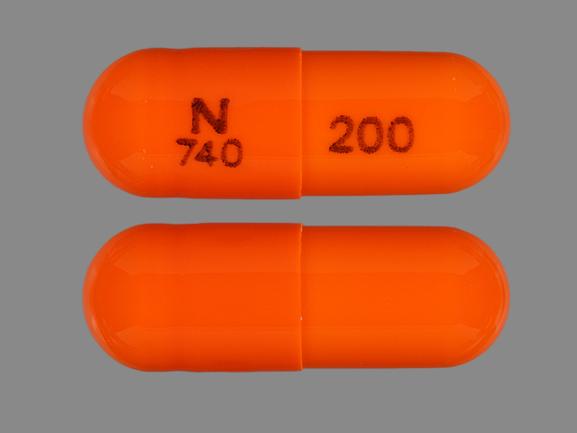Mexiletine Dosage
Medically reviewed by Drugs.com. Last updated on Aug 9, 2023.
Applies to the following strengths: 150 mg; 200 mg; 250 mg
Usual Adult Dose for:
Usual Pediatric Dose for:
Additional dosage information:
Usual Adult Dose for Ventricular Tachycardia
Initial dose: 200 mg orally every 8 hours when rapid control of arrhythmia is not essential.
A minimum of 2-3 days between dose adjustments is recommended.
Dose may be adjusted in 50 or 100 mg increments up or down.
Usual Pediatric Dose for Arrhythmias
1.4 to 5 mg/kg/dose given every 8 hours. Begin with lower initial dosages and titrate to desired effects and serum concentrations.
Renal Dose Adjustments
No adjustment recommended
Liver Dose Adjustments
Patients with severe liver disease may require lower doses and must be monitored closely.
Dose Adjustments
Satisfactory control can be achieved in most patients by 200 to 300 mg given orally every 8 hours with food or antacid. If satisfactory response has not been achieved at 300 mg every 8 hours, a dose of 400 mg every 8 hours may be tried.
When rapid control of ventricular arrhythmia is essential, an initial loading dose of 400 mg of mexiletine may be administered, followed by a 200 mg dose in eight hours.
Precautions
US BOXED WARNINGS:
- MORTALITY: In the National Heart, Lung and Blood Institute's Cardiac Arrhythmia Suppression Trial (CAST), a long-term, multicentered, randomized, double-blind study in patients with asymptomatic non-life-threatening ventricular arrhythmias who had a myocardial infarction more than 6 days but less than 2 years previously, an excessive mortality or non-fatal cardiac arrest rate (7.7%) was seen in patients treated with encainide or flecainide compared with that seen in patients assigned to carefully matched placebo-treated groups (3%). The average duration of treatment with encainide or flecainide in this study was 10 months. The applicability of the CAST results to other populations (e.g., those without recent myocardial infarction) is uncertain. Considering the known proarrhythmic properties of this drug and the lack of evidence of improved survival for any antiarrhythmic drug in patients without life-threatening arrhythmias, the use of this drug as well as other antiarrhythmic agents should be reserved for patients with life-threatening ventricular arrhythmia.
- ACUTE LIVER INJURY: Postmarketing occurrences of abnormal liver function tests, sometimes in the first few weeks of treatment with this drug, have mostly been observed in the setting of congestive heart failure or ischemia, but the relationship to this drug has not been established.
Dialysis
Data not available
Other Comments
As the severity of CNS side effects increases with total daily dose, the dose should not exceed 1200 mg/day.
If adequate suppression is achieved on a dose of 300 mg or less every 8 hours, the same total daily dose may be given in divided doses every 12 hours while carefully monitoring the degree of suppression of ventricular ectopy. This dose may be adjusted up to a maximum of 450 mg every 12 hours to achieve the desired response.
More about mexiletine
- Check interactions
- Compare alternatives
- Pricing & coupons
- Reviews (12)
- Drug images
- Side effects
- During pregnancy
- Drug class: group I antiarrhythmics
- Breastfeeding
- En español
Patient resources
Other brands
Professional resources
Other brands
Related treatment guides
Further information
Always consult your healthcare provider to ensure the information displayed on this page applies to your personal circumstances.


